
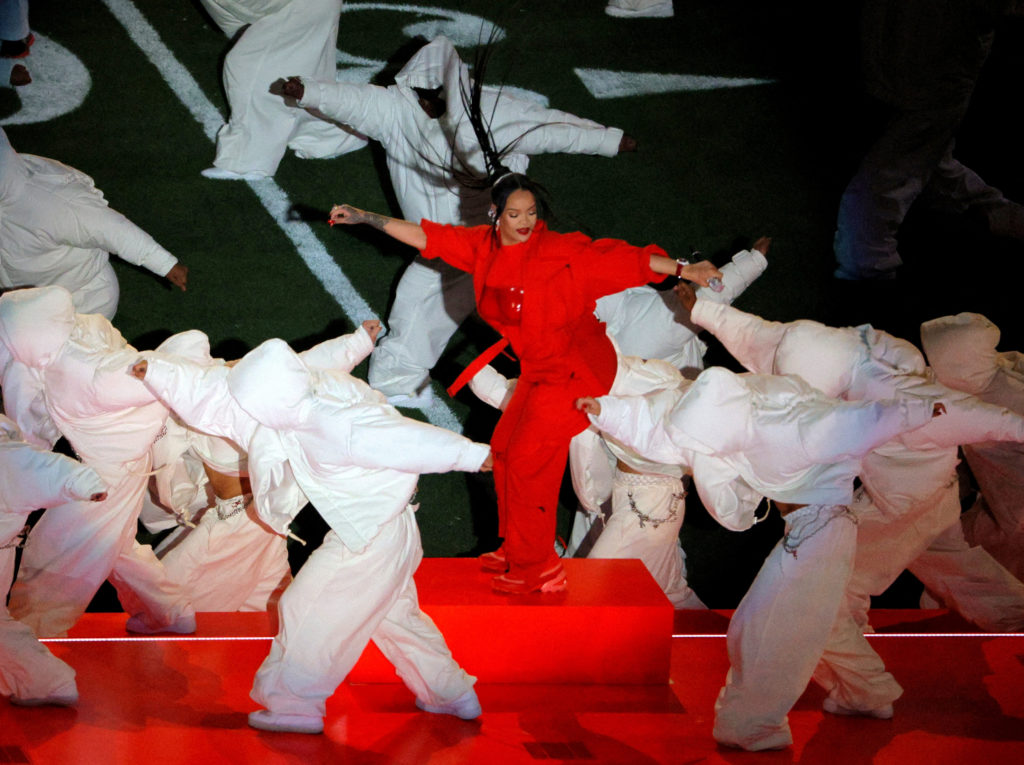
The Super Bowl Half-Time Show is one of the most viewed spectacles in the world. It is considered a mark of an impactful career if it offered to an artist and the performer can make or break viewing numbers for the game.
However, it is important to note that the spectacular display of brilliance and genius was not always synonymous with the halftime show and many may not know its historical origins.
It is believed the original idea to add entertainment to football games can be traced back to Walter Lingo, an Ohio man who owned a local football team called the Oorang Indians and wanted to use the games for the team as an advertising strategy for a dog kennel. The team was formed in 1922 and the half time was a dog show featuring prize dog, the Airedale Terrier.
Even though the mainstream league considered the team a side show, especially because it was the only team to only have Native Americans as players, the entertainment of the dog shows meant that they garnered more viewership than a lot of the other games between the more accepted teams.

In fact, the viewership of the NFL averaged 2,537 in 1922, went up to 2,870 in 1923, but the Indians garnered an average of 3,188, with over 4,000 on some occasions. It was clear that the entertainment aspect of those games meant more attention was given to them, even as a team with an abysmal record.
Eventually, the halftime show became more acceptable throughout the league and even though the sport had grown beyond the its origins, it still was secondary to the college game and therefore the Super Bowl was not the spectacle it would grow to be in today’s age. The half-time show was usually done by the marching band of a local high school or college or a combination of schools in the area hosting the game.
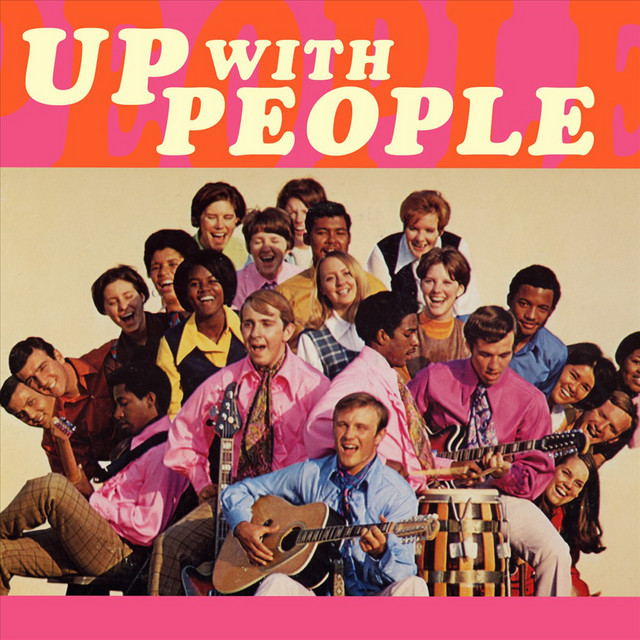
In the 1970’s the half-time show started to feature recording artistes as an accompanying act to the school bands and signaled a change in the entertainment package of the show. In a show featuring Super Bowl staple Up with People, 1986 saw the very first elevated platform stage and the beginning of a production performance at the halftime; and then the 1990s ushered in the new decade of the half-time show spectacle.
MTV became in charge of the half-time show and it featured such acts as New Kids on the Block and the most famed performance of Michael Jackson – perhaps still the most famous of all time. After the infamous faux pas involving Justin Timberlake and Janet Jackson in 2004, the NFL severed ties with MTV and the halftime show became an ode to legacy rock bands, with performances from the likes of The Rolling Stones and Paul McCartney of the Beatles.
The most recent development would be in 2019, when the NFL partnered with Roc Nation headed by Shawn “Jay-Z” Carter. Carter became in charge of not just the half-time show, but all performances of the Super Bowl, including the National Anthem and the addition of ‘Lift Every Voice and Sing‘, which is hailed as the Black national anthem.
With Carter at the helm, the Superbowl has been treated to incredibly culturally significant Superbowl performances, most notably the ode to Dr. Dre in 2022, which featured Snoop Dogg, Mary J Blige, Eminem and 50 Cent. It is clear the Carter wanted the Super Bowl to be a chance to recognise and acknowledge the vast contribution of Black artist and their music.
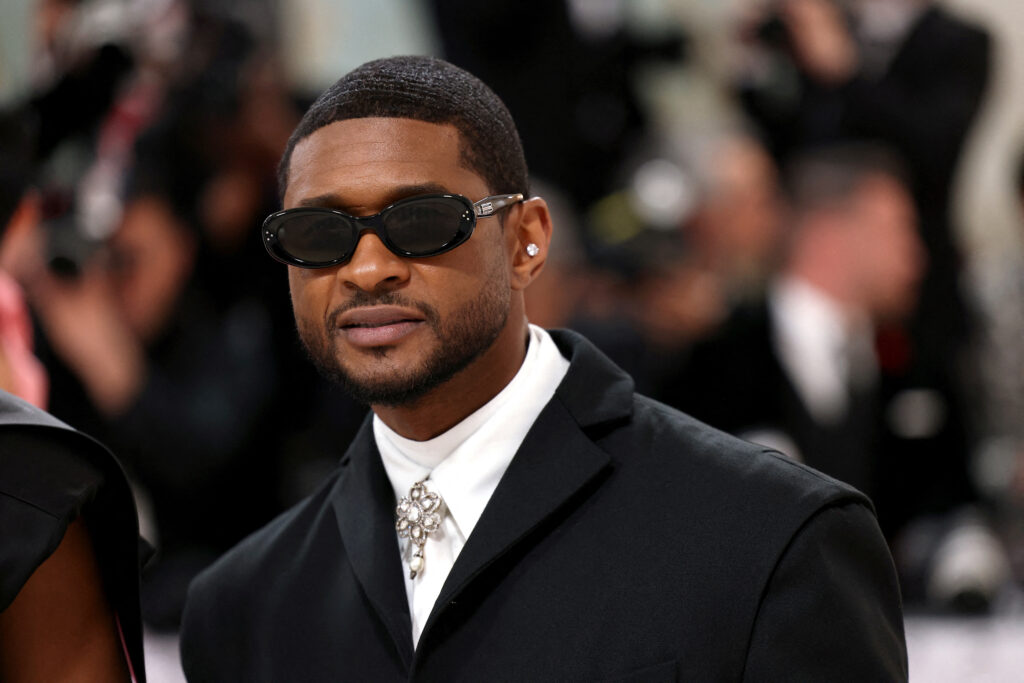
This year’s headliner is the legendary Usher, an internationally acclaimed icon and will feature songs across his decades-long catalogue.
The Super Bowl Half-Time Show has become a cultural phenomenon and has grown exponentially from its earlier little known origins.
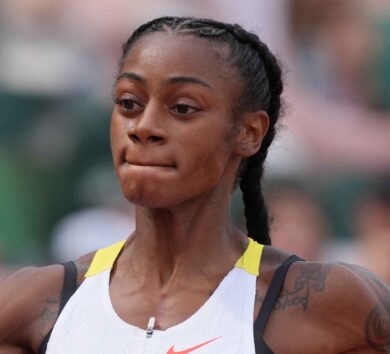
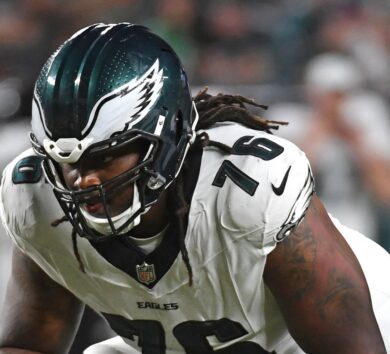
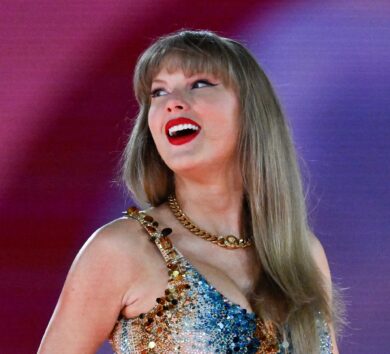

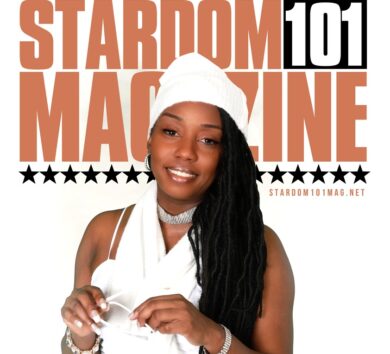
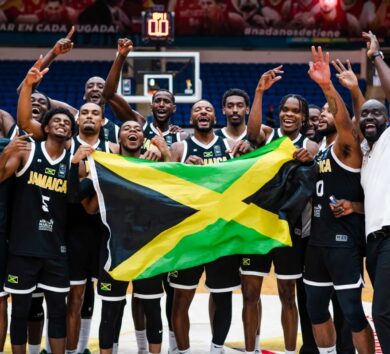
Comments